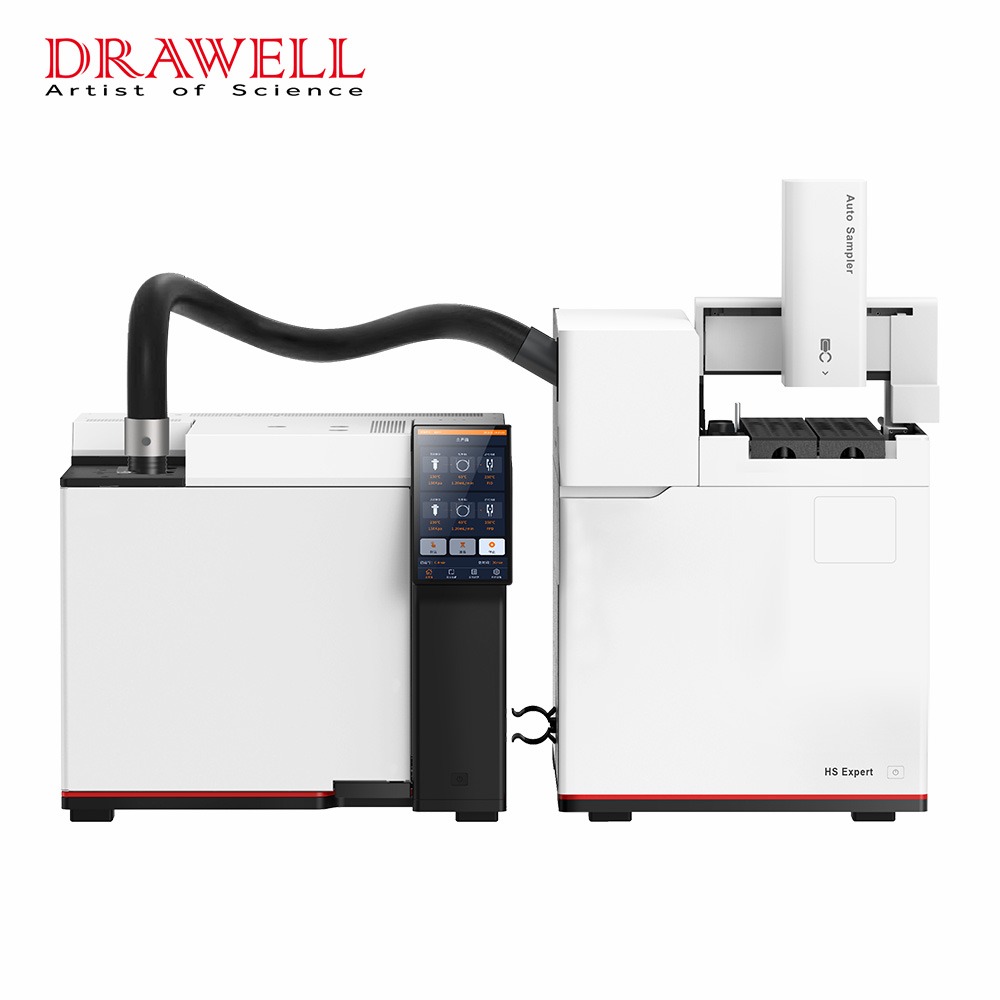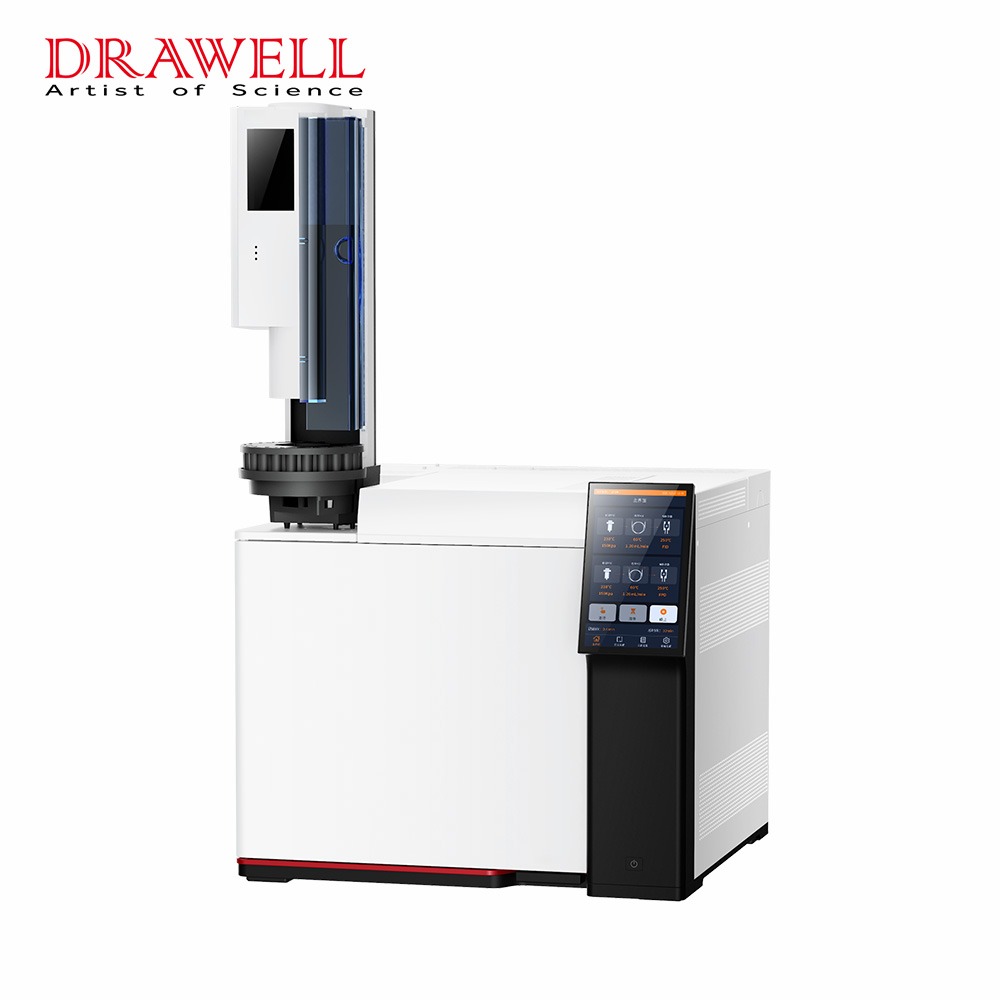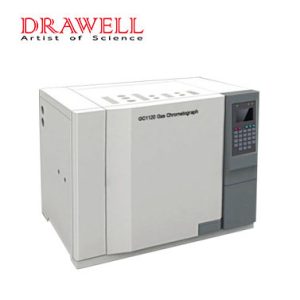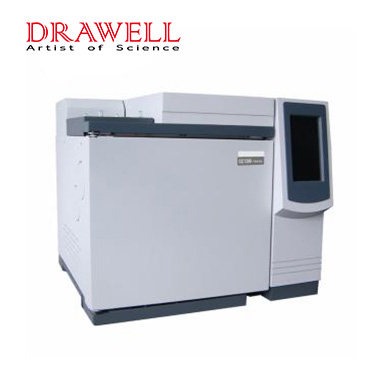The food industry plays a vital role in providing safe, nutritious, and high-quality food products to consumers. Ensuring the safety and quality of food is of utmost importance to protect public health and meet regulatory requirements. To achieve this, analytical techniques are employed to analyze food samples for various parameters, including the identification and quantification of volatile compounds, detection of contaminants, assessment of food authenticity, and flavor profiling. Among these techniques, gas chromatography (GC) has emerged as a powerful tool in the food industry, offering numerous advantages and applications.
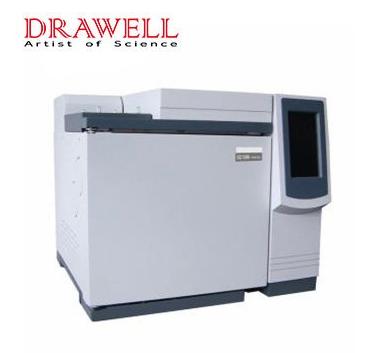
Gas chromatography (GC) is widely used in the food industry for various applications related to quality control, safety assessment, flavor analysis, and authenticity testing. Here are some key applications of gas chromatography in food analysis
1. Gas Chromatography Application in Residue Analysis
GC is utilized to analyze pesticide residues in food products. It helps ensure compliance with regulatory limits and assesses the safety of fruits, vegetables, grains, and other food commodities. GC techniques, such as solid-phase microextraction (SPME) or headspace analysis, are employed for the extraction and quantification of pesticide residues.
2. Gas Chromatography Application in Volatile Compound Analysis
GC is applied to analyze volatile compounds that contribute to the aroma and flavor of food products. It helps assess the quality, authenticity, and sensory characteristics of foods. GC can identify and quantify volatile compounds, such as alcohols, aldehydes, esters, and sulfur compounds, providing valuable information for flavor profiling and development.
3. Gas Chromatography Application in Food Products Quality Control
Gas chromatography plays a vital role in the quality control of food products. It is used for the determination of food additives, preservatives, and contaminants. GC techniques can assess the composition, purity, and compliance of food ingredients, such as fatty acids, vitamins, antioxidants, and sweeteners.
4. Gas Chromatography Application in Fatty Acid Analysis
Gas chromatography(GC) is employed for the analysis of fatty acids in food products, such as oils, fats, and dairy products. It helps determine the fatty acid profile, including saturated, monounsaturated, and polyunsaturated fatty acids. GC can also assist in assessing the quality and authenticity of oils by analyzing specific fatty acid markers.
5. Gas Chromatography Application in Flavor and Fragrance Analysis
GC is utilized in the analysis of volatile flavor compounds and fragrances in food and beverage products. It helps in characterizing the volatile profile and identifying key aroma-active compounds that contribute to the overall sensory perception of the product. GC techniques, such as solid-phase microextraction (SPME) or dynamic headspace analysis, are commonly employed for flavor analysis.
6. Gas Chromatography Application in Authenticity Testing
GC is used to assess the authenticity and detect food adulteration. It can identify and quantify markers or specific compounds that indicate adulteration or substitution. For example, GC can detect the presence of adulterants in honey, alcoholic beverages, spices, and other high-value food products.
7. Gas Chromatography Application in Food Contaminant Analysis
Gas chromatography is applied for the analysis of various contaminants in food, including mycotoxins, veterinary drug residues, polycyclic aromatic hydrocarbons (PAHs), and heavy metals. It aids in ensuring food safety by detecting and quantifying these harmful substances at trace levels.
8. Gas Chromatography Application in Amino Acid Analysis
Gas chromatography is employed for the analysis of amino acids in food products. It helps assess protein quality, detect adulteration, and determine the nutritional composition of food items. GC can separate and quantify amino acids using derivatization techniques, providing valuable information for food labeling and nutritional analysis.
Summary
These 8 key applications highlight the importance of gas chromatography in the food industry. GC techniques, coupled with appropriate detectors and sample preparation methods, provide valuable insights into food quality, safety, authenticity, and flavor profiling.
If you are looking for a gas chromatography machine or still have doubts that why is chromatography useful, please contact us to try our chromatography machines.

